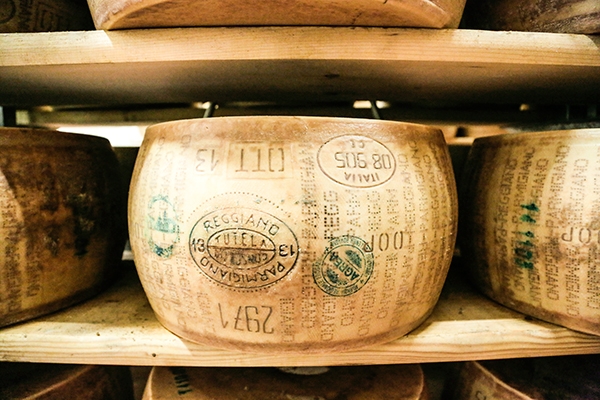
15 May Food and Ferrari Tour of the Emilia Romagna Region in Italy
Let’s be honest, you don’t have to search too hard to find great food in Italy, but if you want to find the best of the best, look no further than the Emilia-Romagna region. This area is filled with small, local producers and some of the most delicious cuisine around.

When we booked our trip to Italy, I had one thing on the to do list and it sent us to the city of Bologna. I wanted to continue with my obsession and get a behind the scenes look into the production of Parmigiano-Reggiano, balsamic vinegar and prosciutto. So, thanks to Viator, we hopped on their Food and Museo Ferrari Tour of Emilia-Romagna (our exact tour is no longer available–here’s a similar tour: Bologna Food Experience: Factory Visits with Gourmet Lunch and Wine Tasting).
We were picked up by our guide, Andre, and hopped in the small van to join three others for a day full of laughter, learning and some of the best food I’ve ever tasted.
The short drive to Modena was filled with “Mama Mia’s!” and stories from Andre before we arrived at our first stop for a look into how prosciutto is made. The building looked like a regular house from the outside, but looks are definitely deceiving as the inside was filled with around 20,000 prosciuttos. This particular producer is a 3rd generation family business, and it is now owned by a brother and sister team with only 3 employees.
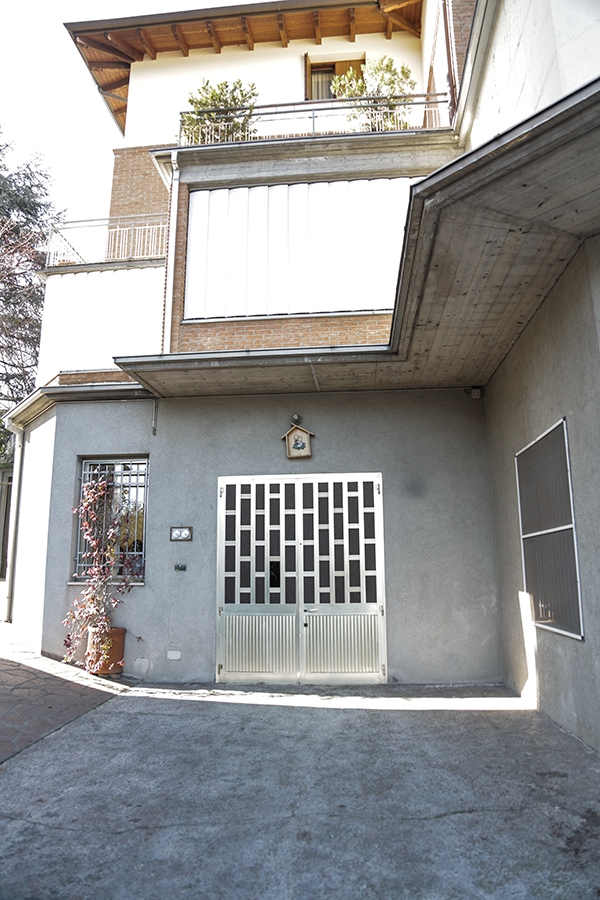
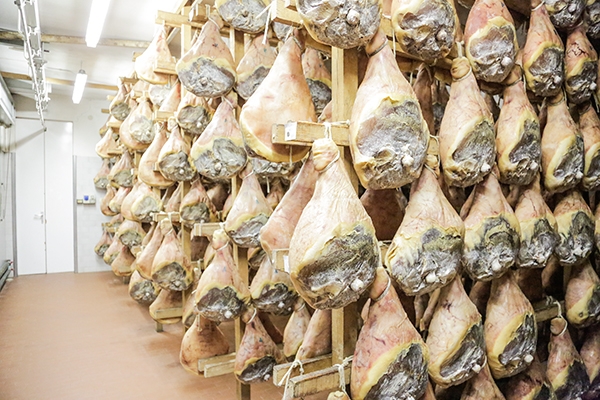
With a strong smell and rows and rows of legs hanging around every corner, this stop isn’t for the faint of heart, but the production process was interesting to learn about and the sample at the end is well worth it.
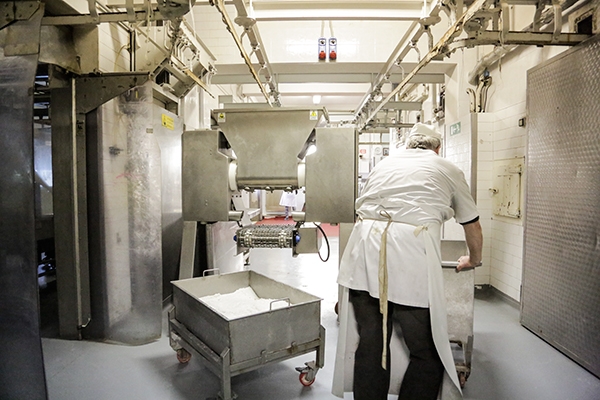
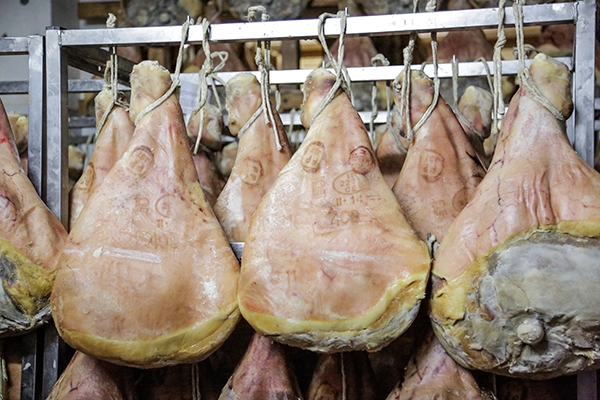
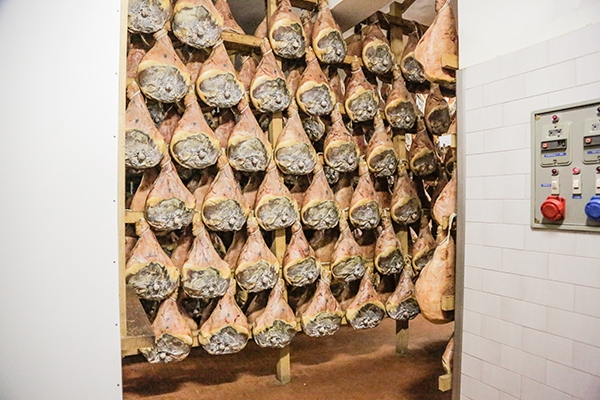
The entire production process mainly consists of salt washes, massages and storage at different temperatures. After 16-24 month of curing, the prosciutto is ready to be sold. Each leg is hand inspected in 5 different spots with a horse leg bone. If even one of the spots doesn’t meet the correct specifications, the leg doesn’t receive its stamp of approval and has to be sold in other ways and not as prosciutto.
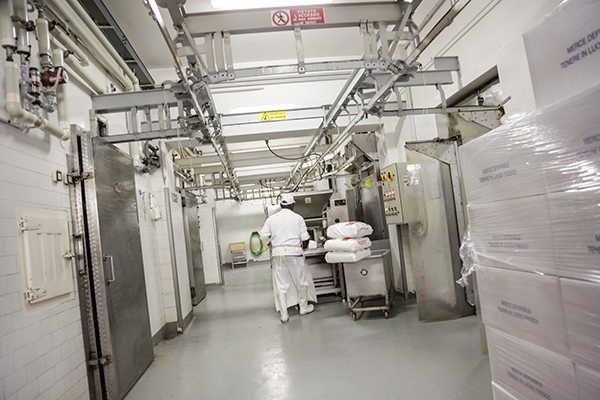
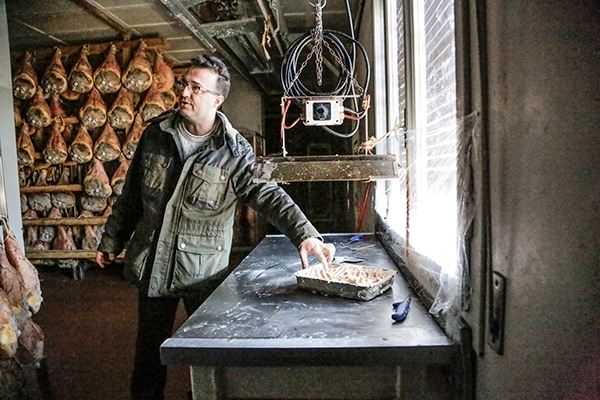
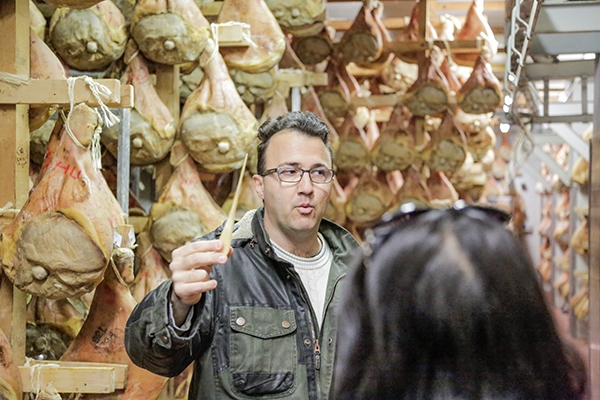
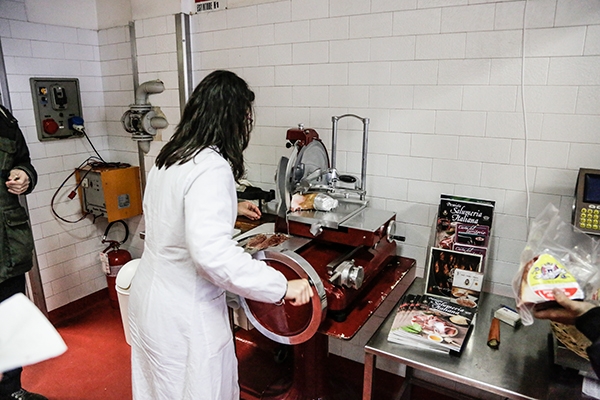
After what seemed like an endless sample of thinly sliced prosciutto and breadsticks, we made our way to our next stop for a look into how the famous Parmigiano-Reggiano is made. We stopped at a more advanced facility than most in the area–this producer recently underwent an upgrade and renovation due to an earthquake destroying the original facility a few years ago.
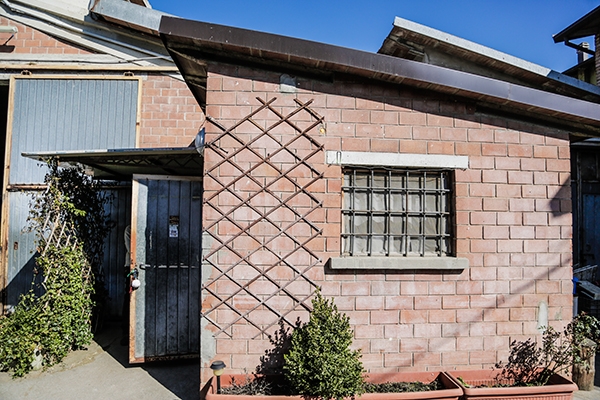
If 20,000 prosciuttos seemed like a lot, it was nothing compared to the 40,000 wheels of cheese we were about to witness. In the aging room alone, there were over 20,000 euors worth of cheese–talk about a massive amount! This facility has been producing Parmigiano-Reggiano since the 1200’s, and you could tell they definitely have the art down to a science.
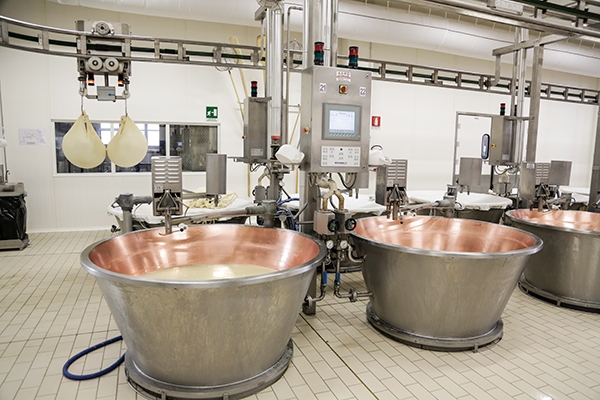
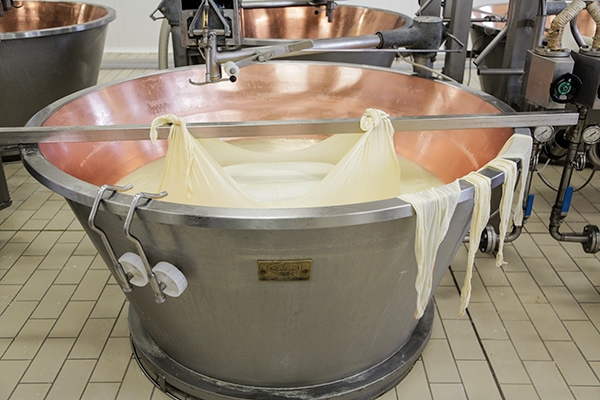
Known as the “King of Cheeses”, the name Parmigiano-Reggiano can only be used for the cheese produced in a very specific region around the Emilia Romangna area. According to European law, if the cheese was made in a different area, it has to be called by a different name.
After donning our “Dolce and Gabana” gowns as Andre liked to call them, (aka hairnets, booties and coats) it was time for a look inside.
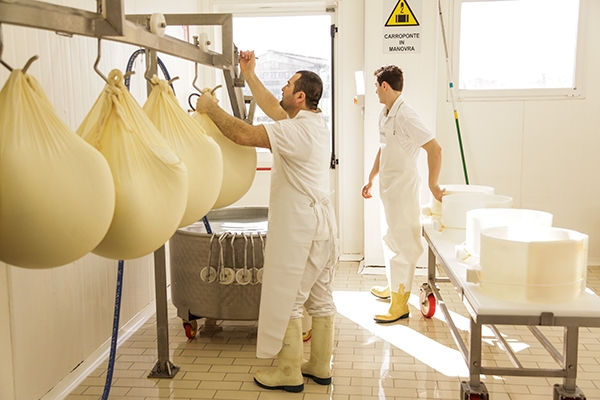
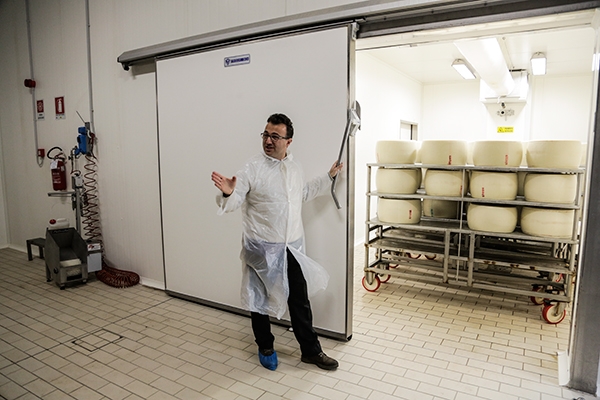
First up, we walked through the beginning stages of the production process and then made our way to the aging room to wander through row after row of floor to ceiling cheese wheels. The cheese receives different seals for different ages, usually between 18-36 months, and much like the prosciutto, if it doesn’t pass every test, it can’t be sold as top quality Parmigiano-Reggiano.
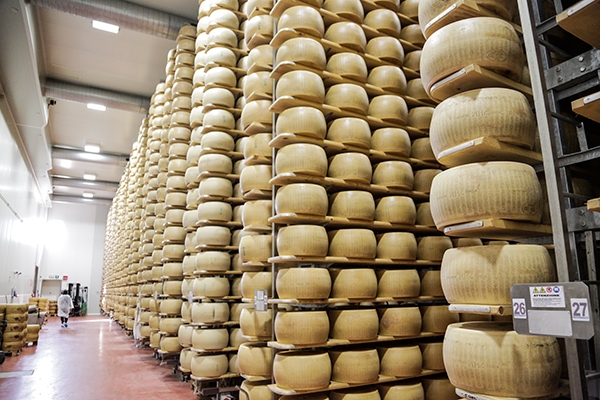
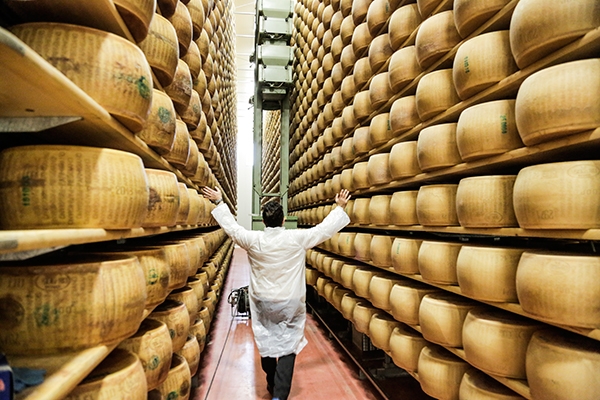
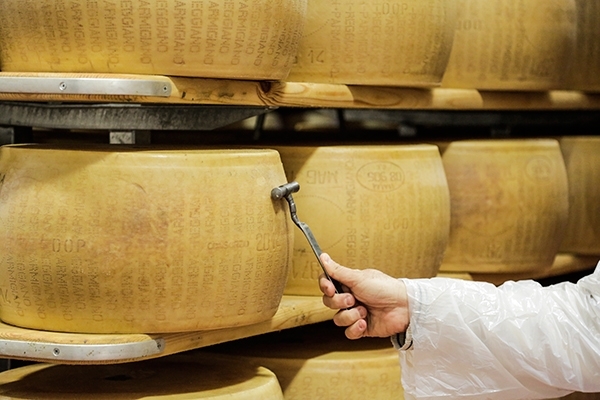

After touring the inside of the facility, we were able to make our way over to the cows that live on site. This specific group of cows that they receive some of their milk from has won awards on the quality of the milk they produce. It was fun to get a glimpse at the cows, as it isn’t something that is able to be seen on every tour.
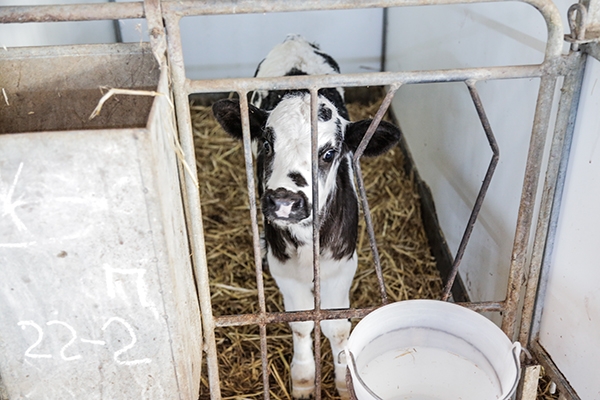
Then it was time for the best part: more samples! We tasted both the 18 month variety of and the 36 month variety of cheeses, and we can attest, they were both amazingly delicious.
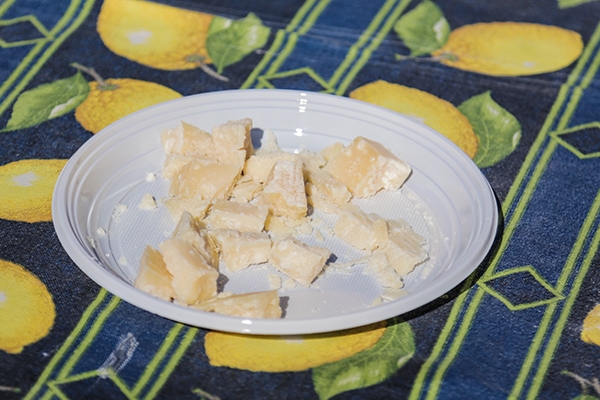
The Emilia Romangna region isn’t only known for food. It is also known for producing some of the world’s highest quality cars. That being said, the next stop of the day was the Ferrari museum–a completely surprise addition to the tour for us. We had the option to test drive a Ferrari, which we passed on, as the additional fee was rather expensive. Instead of the test drive, we went over to the nearby test track to watch the cars fly past us as we peeked over a fence behind an apartment building.
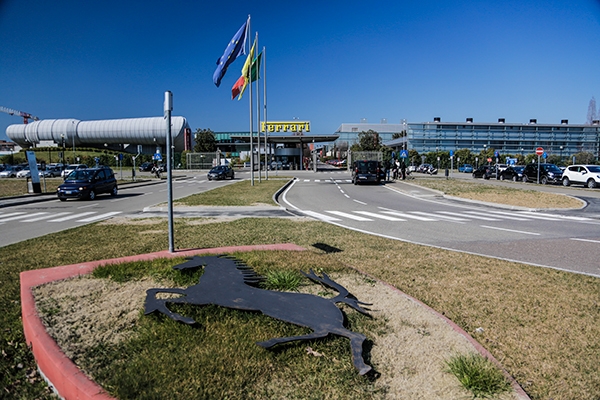
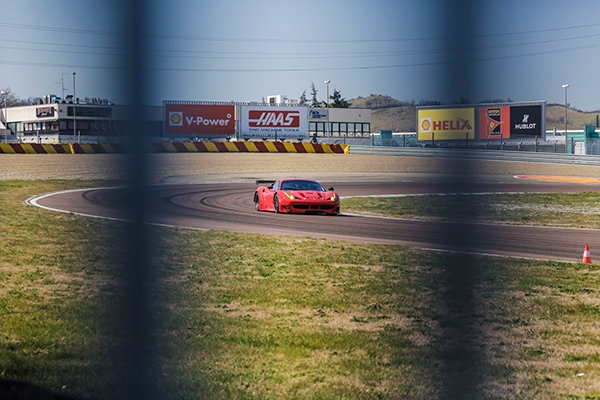
After our tour mates finished up with their test drive, we all made our way for a look around the museum and a peek at a car worth €1 million!
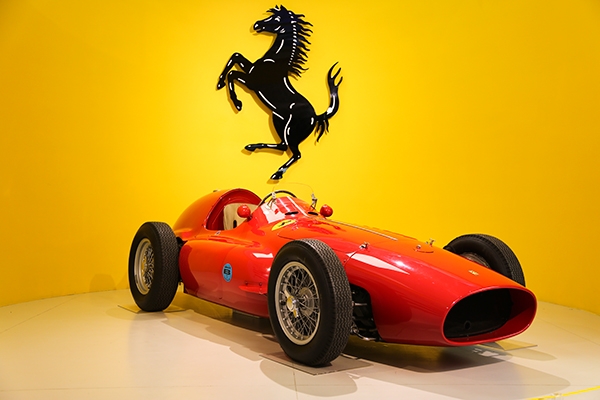
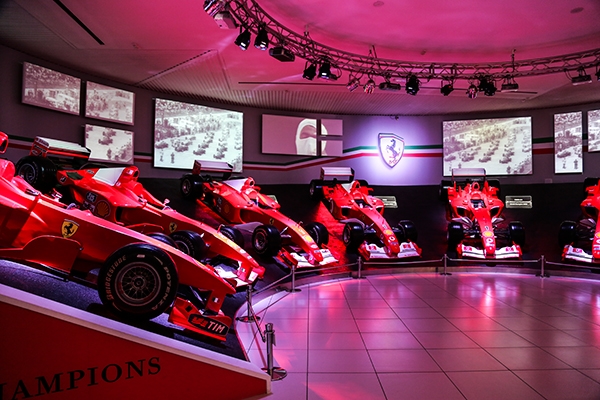
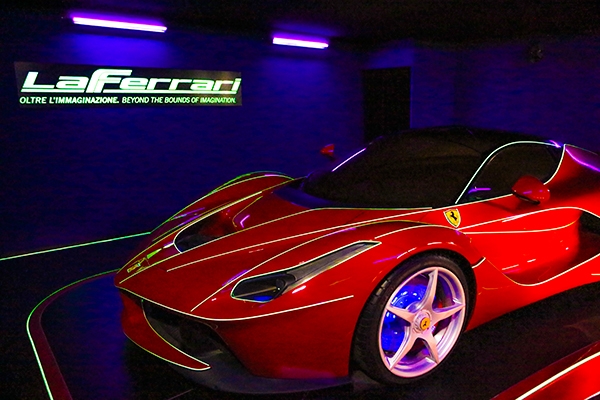
Next up was a visit to a small, 4th generation family run balsamic vinegar producer. This facility started in 1870 and was perhaps the most interesting process of the entire day.
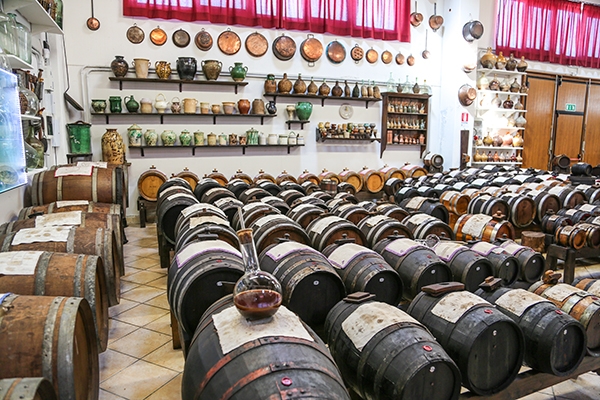
In Modena, it’s typical that each family member gets a set of their own balsamic vinegar barrels that are filled at the time of their birth. Each set comes with 5-7 different sized barrels, and the barrels are usually made of different types of wood. They are all filled with pure grape juice that is left to age, and each year, 10% of the balsamic vinegar is taken from the smallest barrel. Then, the smallest barrel is refilled with juice from the next size up. This process continues down the line though each barrel until the largest is refilled with new juice. The barrels are never cleaned because the sediment that collects at the bottom is what gives the balsamic vinegar its rich flavor.
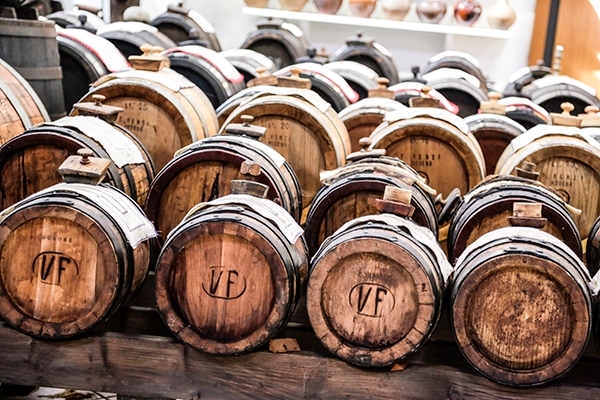
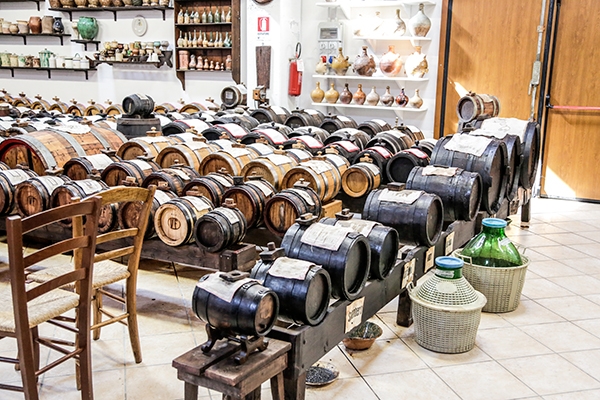
Producers can only sell 10% of the smallest barrel each year, and this facility fills about 10,000 bottles per year. Each year the product ages, the better it becomes, and the family has the original balsamic vinegar that started their facility–this means it is 145 years old! We tasted spoonfuls of both the 15 and 30 year varieties. When tasting it alone, you have to chew it before swallowing to bring out the full flavor. After tasting spoonfuls of it plain, we then tried it on top of meats, cheeses, and ice cream. Surprisingly, my favorite sample was the ice cream–I would have never thought the two would go well together! The real balsamic vinegar tastes nothing like what we know of in the states; if you haven’t tried the real deal yet, you should definitely taste it when you have the chance. My mouth waters just thinking about the sweet and thick treat.
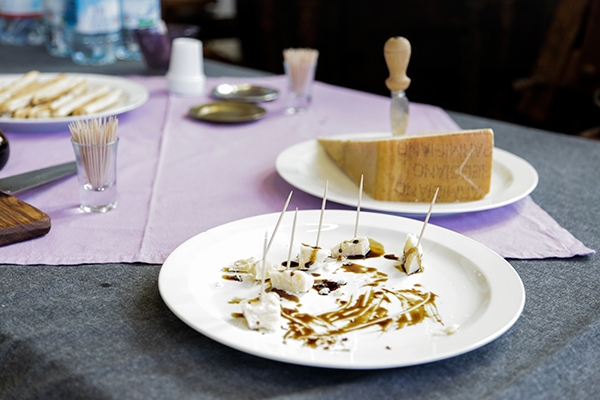
As if we didn’t already indulge in enough food throughout the morning, our last stop was to La Cà Bianca for a traditional Italian lunch, or “the White House” as Andre liked to call it. What followed was honestly one of the best meals I’ve ever had in my life. We started off with a gnocchi fritti which is basically an airy, flaky pastry topped with prosciutto and our choice of soda, wine or beer. The next course was tortellini topped with a creamy white sauce and filled with some sort of ham or prosciutto. Next up was a course of tagliatelle bolognese followed by juicy, sliced steak and roasted vegetables. If that wasn’t enough, we had a sorbet and some type of cake with coffee for dessert. I would head back to this restaurant in a heartbeat, and I have a feeling it won’t be the last time we visit.
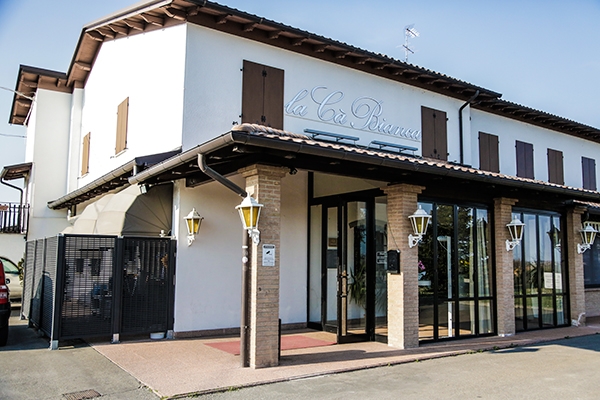
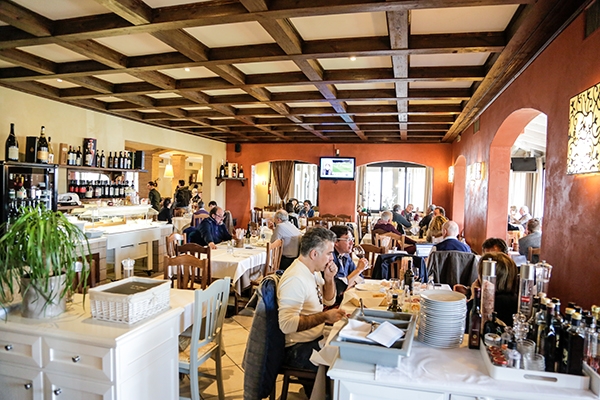
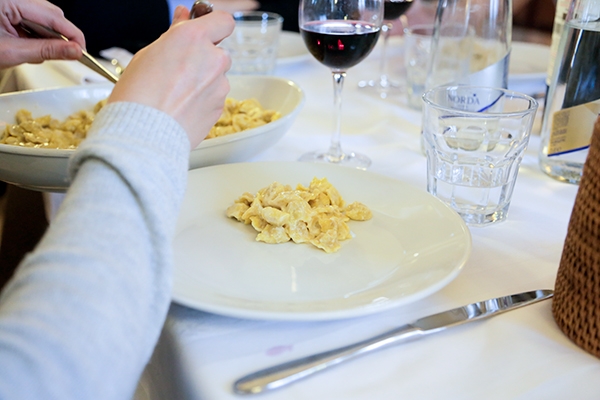
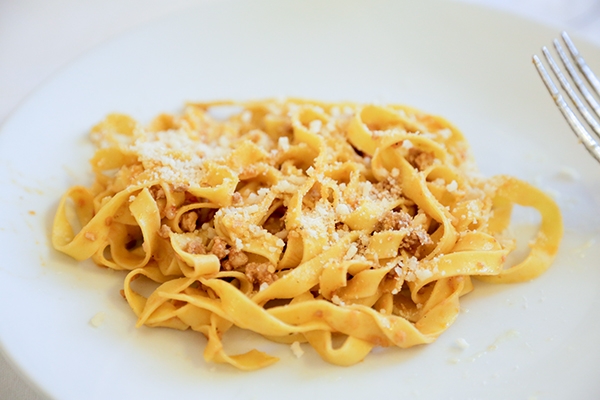
The drive home was spent chatting with our car full of new friends as we drove back to Bologna with full tummies. This food and Ferrari tour is surely a day we will remember for quite some time!
What’s your favorite Italian dish? Have you sampled any of the foods we tried during this tour?
Special thanks to Viator for providing us with a complimentary tour. Also, some of the links in this article are affiliate links, meaning we may get a small commission from a sale at no extra cost to you. They just help us keep the site up and running, and we thank you for your support! As always, all opinions are our own.

